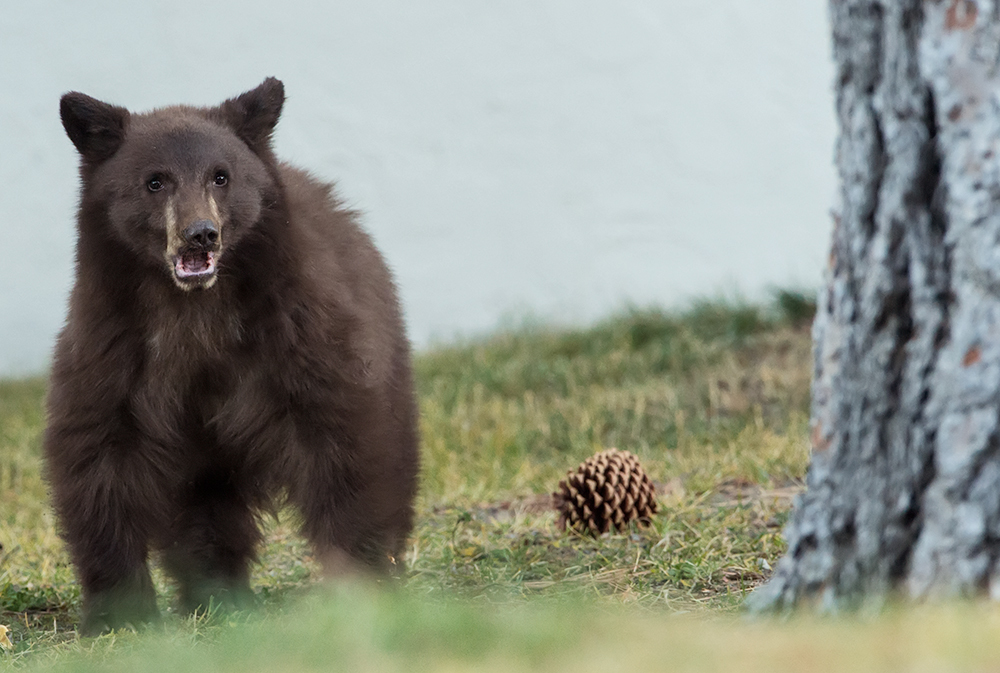Did you or do you know someone who received a DSLR camera for the holidays? Groupon is still offering my class for Digital Camera Basics you can check it out at the link below. The class will be a hand's on class in my studio in Pleasanton. Learn how to use your menus, how to set up your camera and how to use the auto focus.
Link to Digital Camera Basics Groupon Deal
Why do Elephants have such a good memory? The reason is simple, they "need" to have a good memory to for the species to survive. The female elephant depends each other to raise their young more than any other mammal. The mother elephant can remember who in the heard is the most dependable, who is most trustful.


















